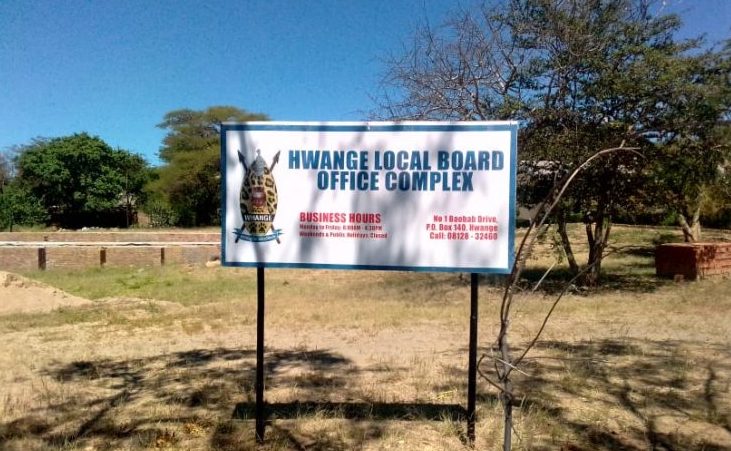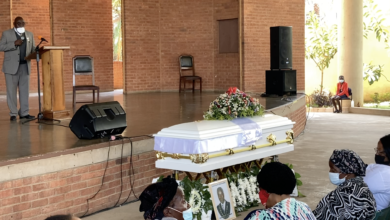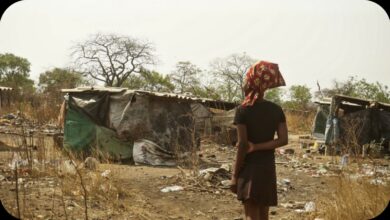Work on Hwange low-cost housing project commences

By Tinashe Mungazi
Construction of a sewer line in Hwange’s Mpumalanga suburb has been completed and is now set for commissioning while work on the low-cost housing project has commenced.
Presenting the 26th Post Cabinet Press briefing yesterday minister of Information, Monica Mutsvangwa said the Mpumalanga sewer line awaits commissioning.
“On projects under the ministry and of National Housing and Social Amenities, Cabinet was informed that the construction of a sewer line serving 28 houses and surrounding neighbourhood was completed and is now ready for commissioning in Hwange. Works have commenced at Empumalanga high density stands,” said Mutsvangwa.
Empumalanga West housing project was initiated by HLB in 2014 as part of the local authority’s efforts to avail residential stands to low-income earners.
However, since its inception, the project has been faced with a myriad of challenges that affected the completion of servicing of the stands.
In 2017 council engaged the Infrastructure Development Bank of Zimbabwe (IDBZ) on an arrangement that would see the financial institution fully servicing the area and disbursing stands to qualifying home seekers.
However, two years down the line the project stalled after contractors insisted on being paid in foreign currency following a change in monetary policy where the United States dollar was equated to the local currency.
The announcement comes as a roads contractor engaged by Government for the servicing of residential stands at Empumalanga West low-cost housing moved on site last week to commence work.
At the time beneficiaries were initially asked to pay US$50 per month towards purchasing and servicing of their stands. The local authority says most experienced difficulties in paying their monthly subscriptions leading to it falling behind in its obligation to pay contractors.
Government was forced to take over the housing project after Hwange Local Board (HLB) failed to service the area over a period of 7 years. This saw residents failing to develop their stands.
The same was the case with the sewer reticulation system with the council struggling to maintain constant sewer bursts brought on by pressure on the lines due to population growth. The new sewer line is expected to ease the pressure on the system and put an end to the perennial bursts.
Greater Whange Residents Trust said the move was a welcomed development arguing that the delay in servicing the area had cost developers most of whom were pensioners hundreds of dollars.
“We welcome the move by the central government to service stands at Empumalanga West, some of the residents were not allowed to build because the place is not serviced. Some actually had bought building material such as cement and bricks and now it is more than a decade being denied by HLB to build resulting in building material expiring or got broken while other stand owners died.
We hope the government will expedite the process and should always update the residents so that there is trust of the new developments. As an institution, we had mooted legal action and I think for now we will monitor progress,” said GWRT coordinator, Fidelis Chima.
He said low density stands at Don Bosco also needed attention.
Meanwhile, cabinet was also advised that drawing up of layout plans for 37 stands meant for Binga flood victims was completed.
“The layout plan for the 37 stands intended to benefit victims of previous floods in Binga was completed and a contractor will be ready to commence works by 31 August 2021,” said Mutsvangwa.
The devastating flash floods experienced during the 2019/2020 rainy season resulted in the displacement of over 100 villagers in Nsungwale, Binga. The government resolved to relocate the affected households to higher ground but land was still to be identified.
After leaving in tents for months following the flooding, the villagers began to troop back to their homes in preparation for the planting season.
On dam rehabilitation, the Gariya Dam in Tsholotsho has reached 60 percent while works on the dam wall spillway has reached 90 percent completion. About 20 000 people are envisaged to benefit through access to water for domestic use for livestock upon completion of the rehabilitation works.





